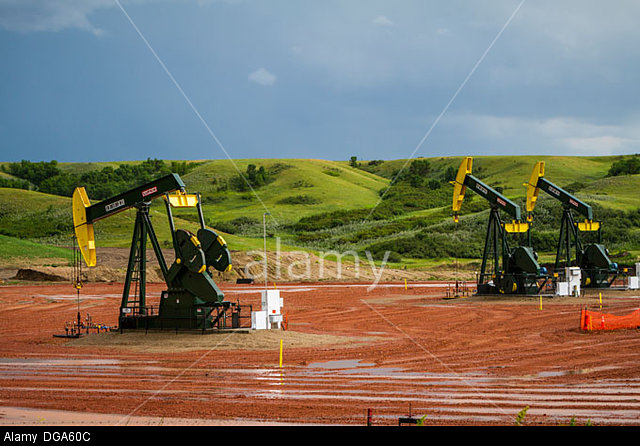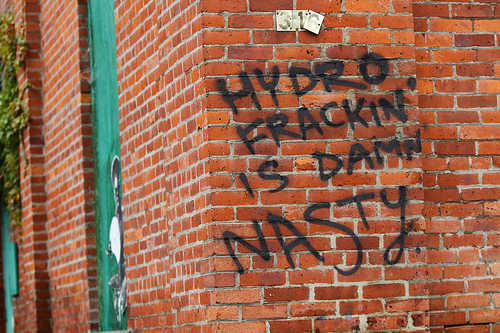
Natural gas flared as waste is a new sight on the Dakota prairie, where fracking—a way of extracting hard-to-reach oil—and directional drilling have sparked a boom.
In just five years North Dakota has gone from a quiet agricultural state to a rapidly industrializing energy powerhouse. By the middle of 2012 North Dakota was producing about 660,000 barrels of oil a day, more than twice as much as just two years before. That number makes North Dakota the second largest oil producing state in the United States, after Texas.
All of the new oil is coming from a vast underground deposit called the Bakken Shale that stretches from North Dakota west into Montana and north into Canada. The US Geological Survey estimates that the reservoir contains between 3 and 4 billion barrels of recoverable oil, a figure that would put it on par with Alaska’s North Slope. According to the United States Geological Survey, the Bakken is the largest known oil reserve in the lower 48. Unlike conventional oil deposits – which are found in liquid pools and flow toward the surface when tapped – the “shale oil” in the Bakken is trapped amid layers of rock roughly two miles beneath the surface of the earth. Oil geologists have known about the formation since 1953. But the petroleum there wasn’t recoverable until hydraulic fracturing technology was perfected.


Some 8,000 wells have been drilled in western North Dakota; there could eventually be 50,000.

You can watch a video animation demonstrating the process of hydraulic fracturing, known as fracking here:
The intrusion of fleets of trucks on rural roads has degraded quality of life in western North Dakota. From exploratory drilling through completion, it takes about a thousand truck trips to frack a shale oil well.

Farmers and ranchers have also found that the land they love is literally trashed by oil company workers.
One of the basic problems of fracking is that as much as a third of what goes down the well bore comes back up. Western North Dakota contains thousands of waste pits from oil wells.
The oil industry generates as much as 27 tons of radioactive material daily. North Dakota has no way to process this radioactive waste and the closest places are many miles away in Idaho, Colorado, Utah, and Montana.
Of course, to dump in those places means transporting radioactive materials across hundreds of miles, which creates a whole new set of problems.
So every boom comes with a cost.

